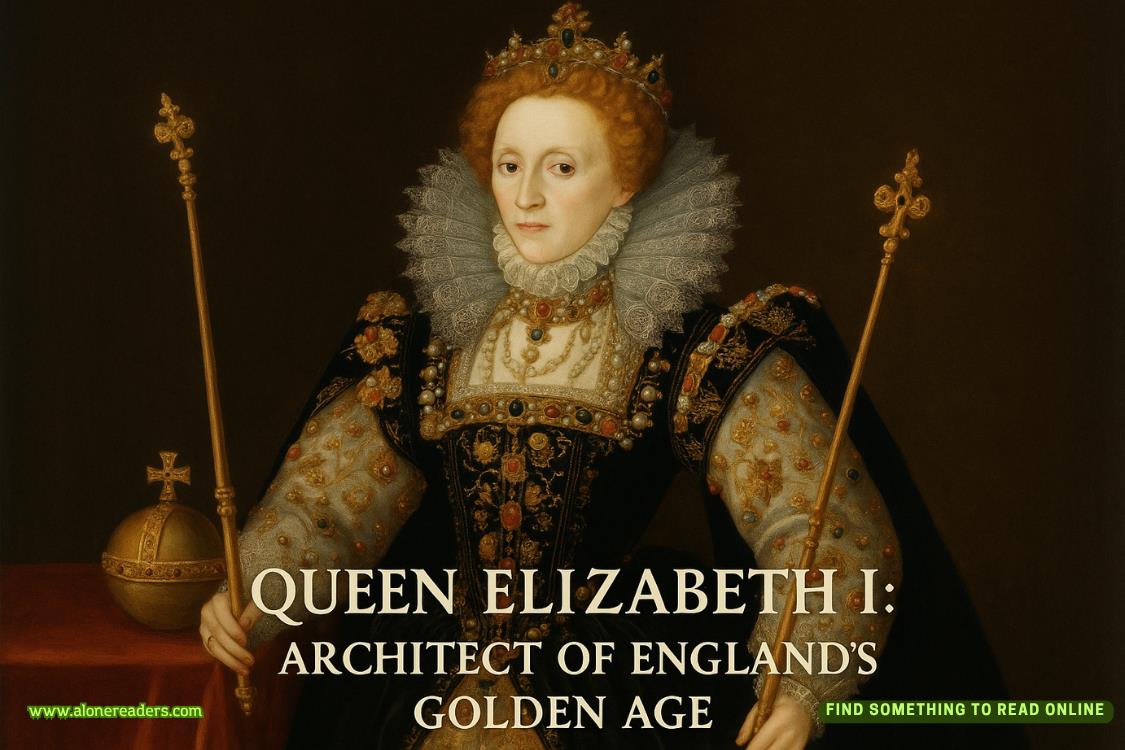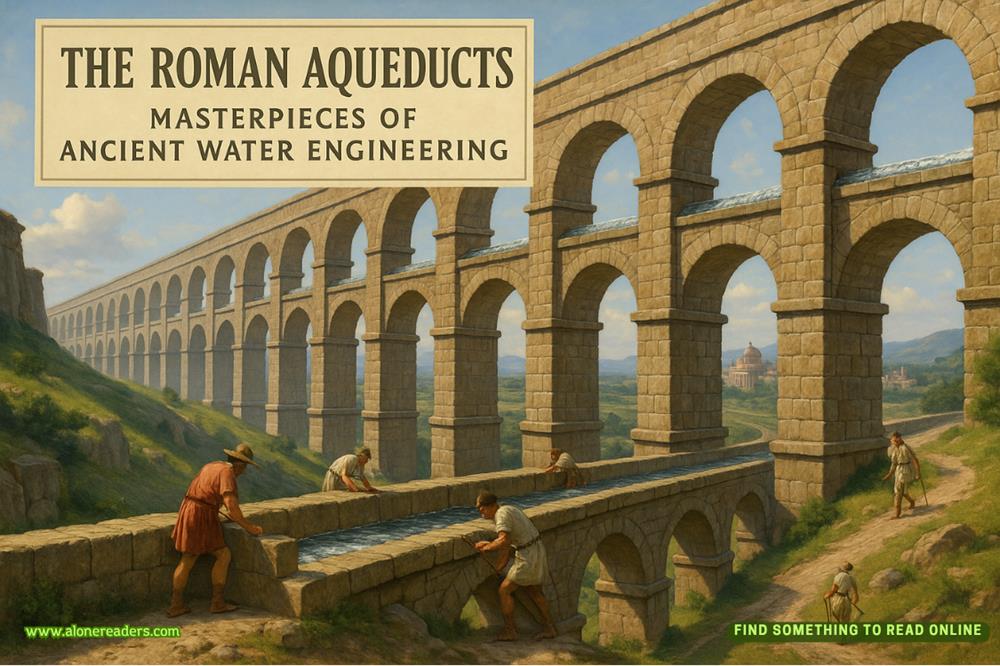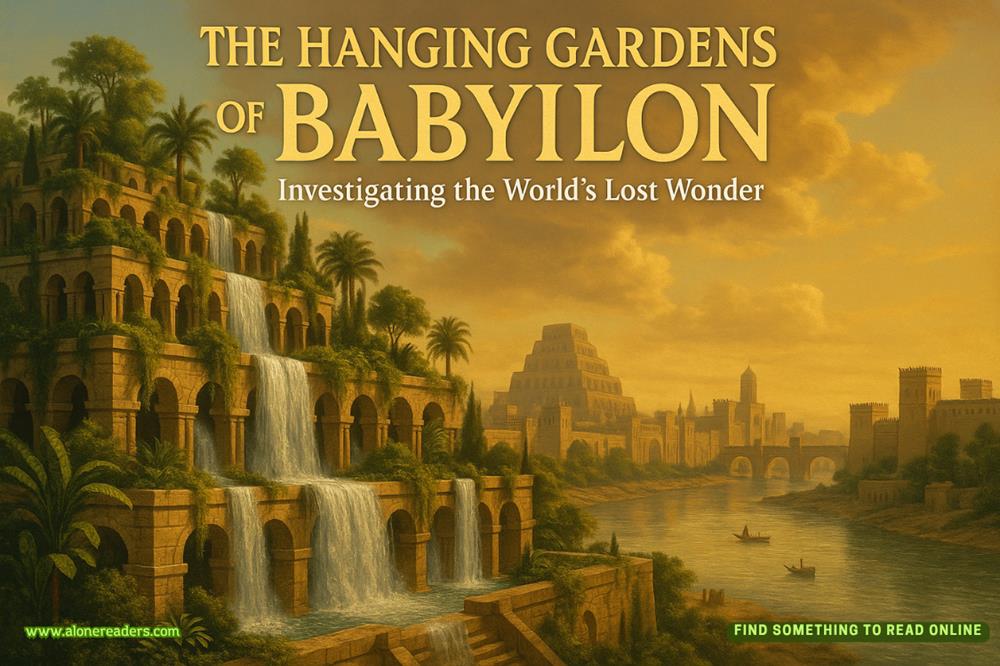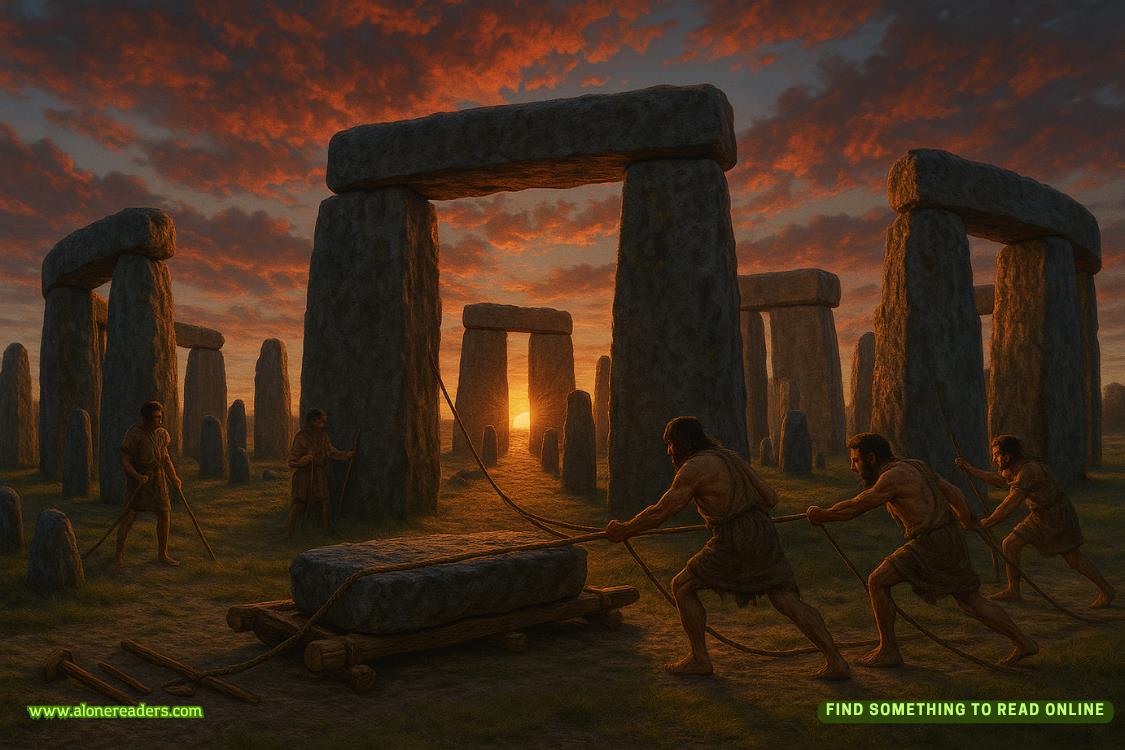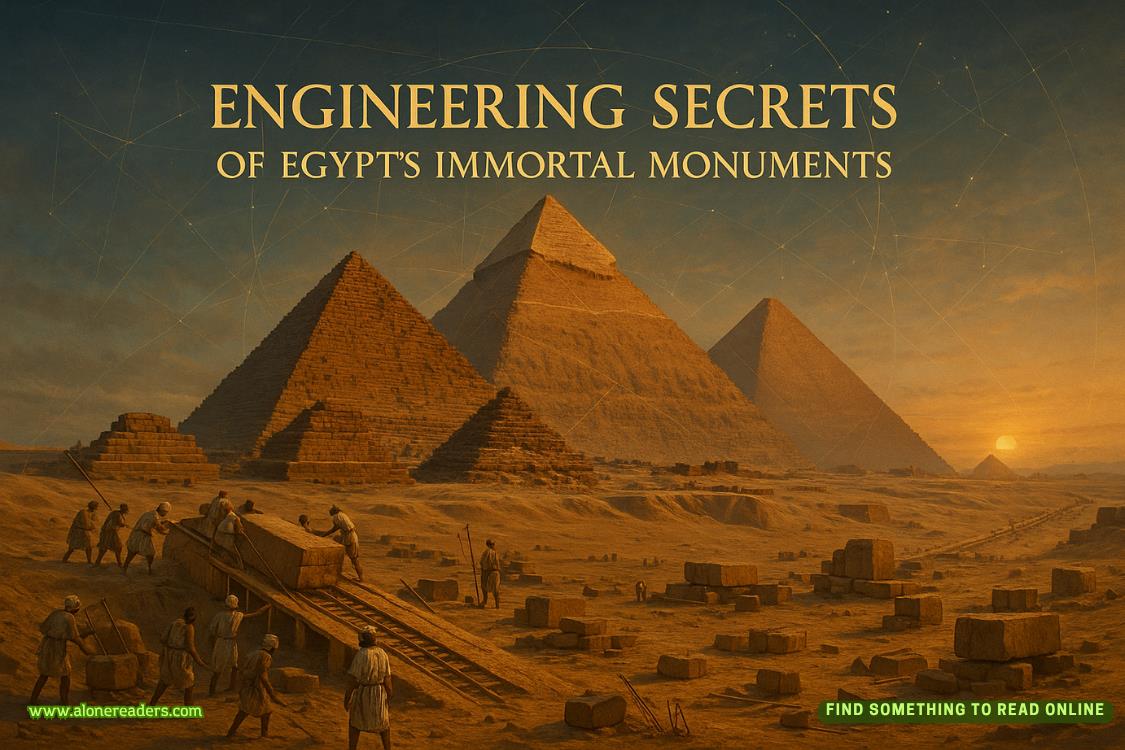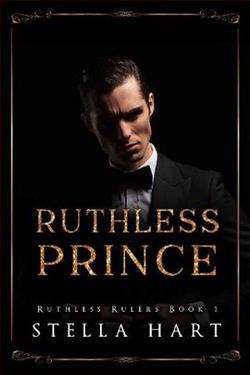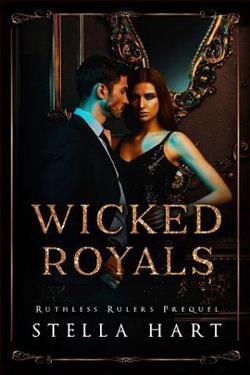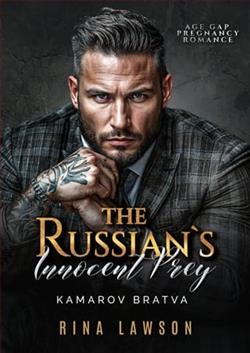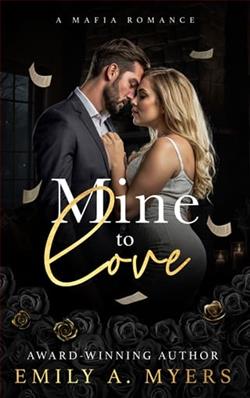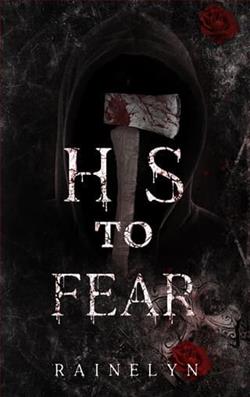Page 58 of Hang on St. Christopher
Eighty miles per hour down Victoria Road and along the Marine Highway to the station. Upstairs to a not-exactly-joyful (Crabbie didn’t really do joyful) but certainly satisfied Detective Sergeant John McCrabban.
He was holding several printouts and puffing his pipe with perhaps more enthusiasm than usual.
“Passport office, MOD records, arrest records,” Crabbie said, handing me the papers.
“Photo?”
“On his Irish passport and MOD file. It’s definitely him.”
“MOD?”
“He was a soldier.”
“Was he, now? Interesting.”
I looked at the two photos first. One a grainy black-and-white of a young man in a dress uniform with, possibly, Quentin Townes’s eyes and nose. Stature seemed to work, and the age worked. The passport photo taken in the 1980s was almost certainly a younger, mustachioed version of our John Doe.
“It’s him, I think,” I said. “What’s your take?”
“It looks like him to me. We only really got to see half the face, but this doesn’t look like a bad match to me.”
“Same here.”
“There’s this thing that they do now where you give a damaged body to a sculptor and ask them to reconstruct the face. If we did that, we could compare the completed sculpture head to Mr. Locke,” Crabbie said.
“That sounds very interesting. Where did you hear about this?”
“I was talking to trainee Detective Constable Warren before she went off to the CID school. Young Lawson did it on a case they were working on. He’s up on all the new procedures and techniques. He’s very good, so he is.”
Crabbie was not trying to get my back up. Crabbie didn’t really do passive-aggressive or snarky, but this praise of Lawson’s apparent youthful brilliance was not what I wanted to hear when I’d just uncovered a major bloody break in the case.
“Let me see what else you’ve got!” I snapped at him, and instantly regretted it.
Crabbie said nothing, but his eyelids drooped a little as he handed me the printouts.
I took the various documents from him and read them fast.
Alan Locke, born in London in 1942 to an Irish mother. No listed father. Mother dies in 1948 of tuberculosis. Custody to an aunt in Dublin. He attends the Friends School in Dublin until at some point, he runs off to England, where there are no records of what he is up to until 1963, when he joins the parachute regiment. He does well in the paras, qualifying as an infantry sniper and serving in Oman, Belize, Germany. He sees combat in Oman and is awarded a Military Cross for “gallantry under fire.”
“Was there some kind of war in Oman?” I asked Crabbie. “I don’t know anything about that.”
“I have no idea, Sean. Sorry,” Crabbie said, still a bit hurt by my curtness.
Back to the report.
Locke was honorably discharged from the army in 1971 with the rank of sergeant. No records at all on him in any of the databases until 1972, when he was arrested for driving a stolen car back in County Cork. In 1973, he was arrested for possession of explosives in Drogheda. Both cases were dropped for lack of evidence. In 1975, he was named as part of a conspiracy to assassinate the Irish prime minister (shit!), but again the case was dropped for lack of evidence. In 1978, he moved to London and worked as an art dealer until 1981, when a fugitive IRA man was discovered in his house. He was arrested under the Prevention of Terrorism Act, but again there was no real evidence of wrongdoing and he was released. In 1985, he sold the house in London and moved back to Ireland, where he apparently kept his nose clean as he vanished from the criminal databases yet again.
I put down the papers and clapped Crabbie on the shoulder to break the ice.
“Wow, you did well, mate. Did you see that thing about the Irish prime minister?”
“Indeed. Heady stuff.”
“I don’t know about sculpting the face of our victim, but what if we took the fingerprints from one of his arrest records and compared them with...” I began, but I could see that Crabbie was way ahead of me.
“I’ve already put in a formal request for a forensic officer to do a comparison. But you know what they’re like, Sean: nine-to-five types. I was able to get fingerprint records from the 1981 case, and I compared them to the records of our John Doe. I’m no forensic expert, but they look identical to me.”
“I’m sure you’re right, Crabbie,” I said. “In 1985, he comes back to Ireland from London and then vanishes from the radar. Seven years he’s been back here doing God knows what, and for the last three or four months he’s been living under the alias Quentin Townes in Carrickfergus. It’s fucking sinister, if you ask me.”

